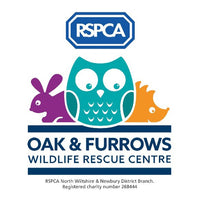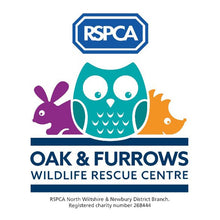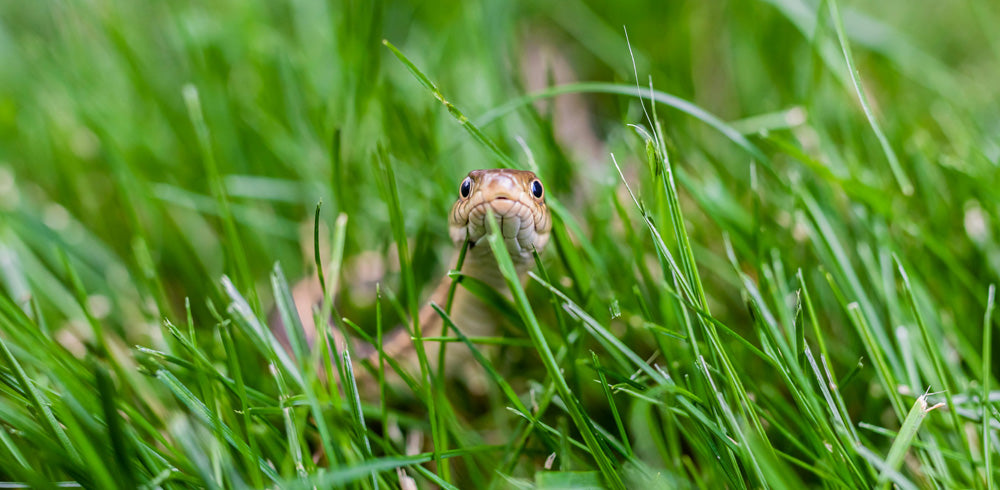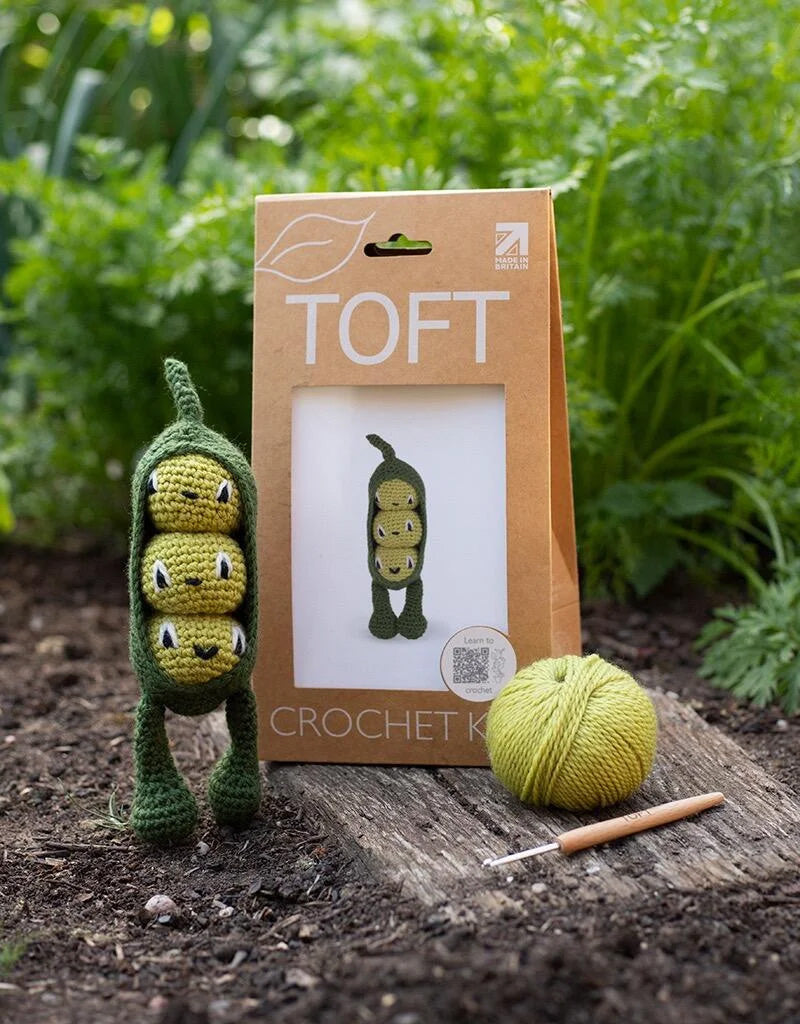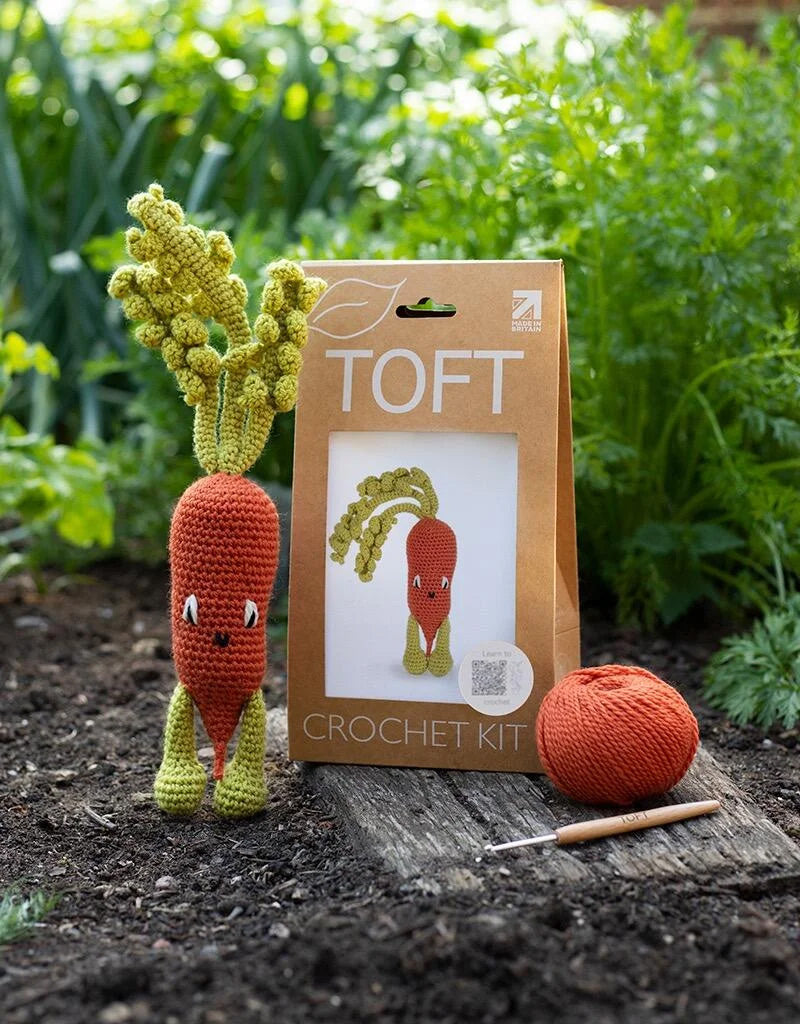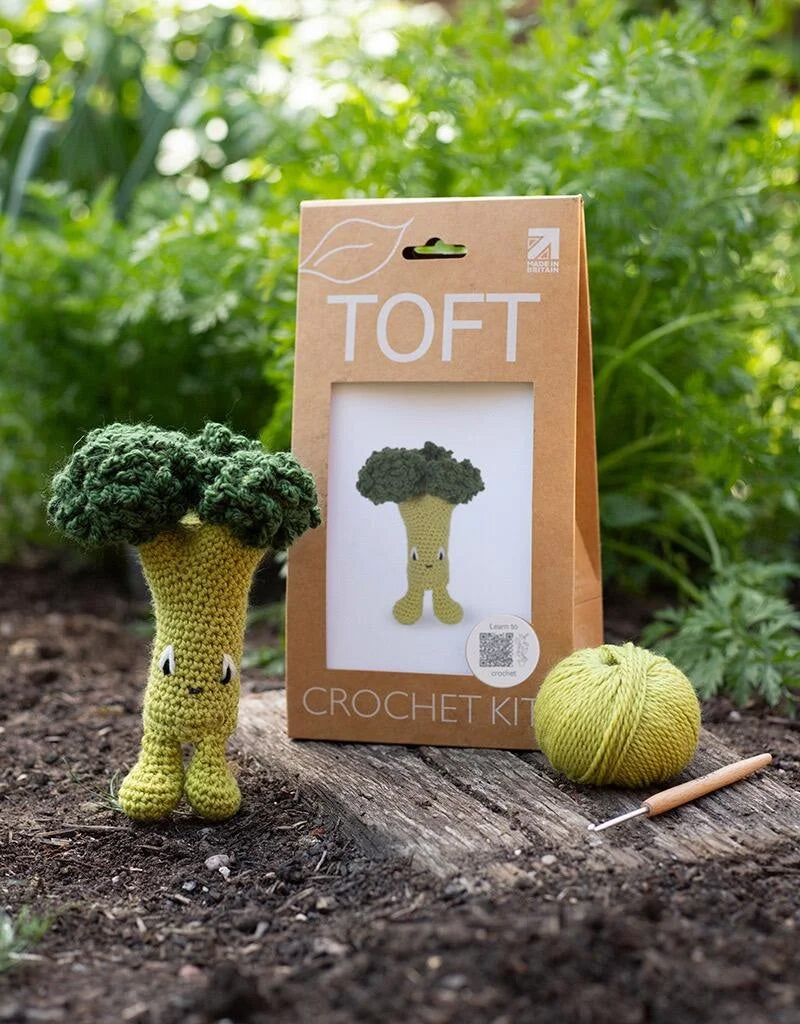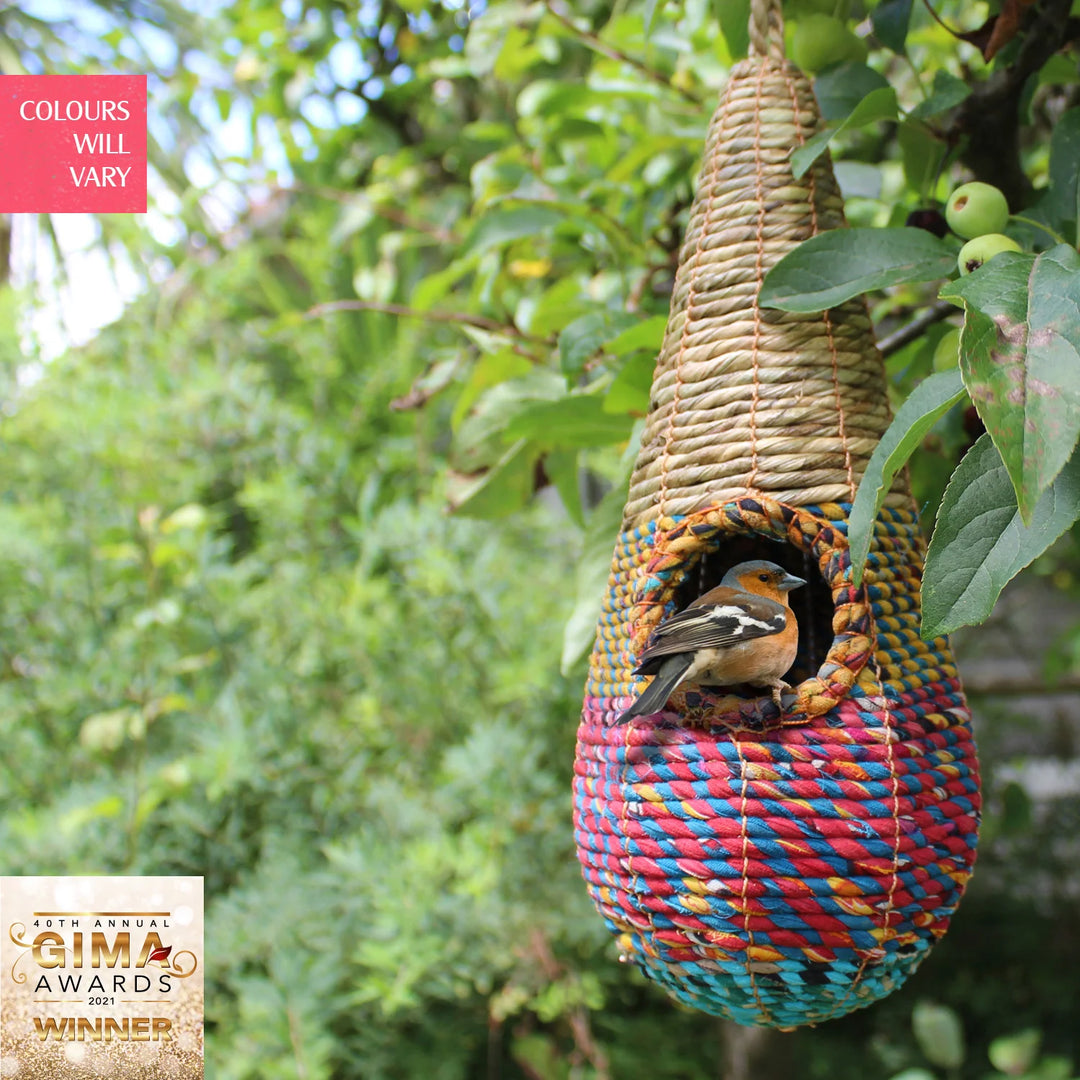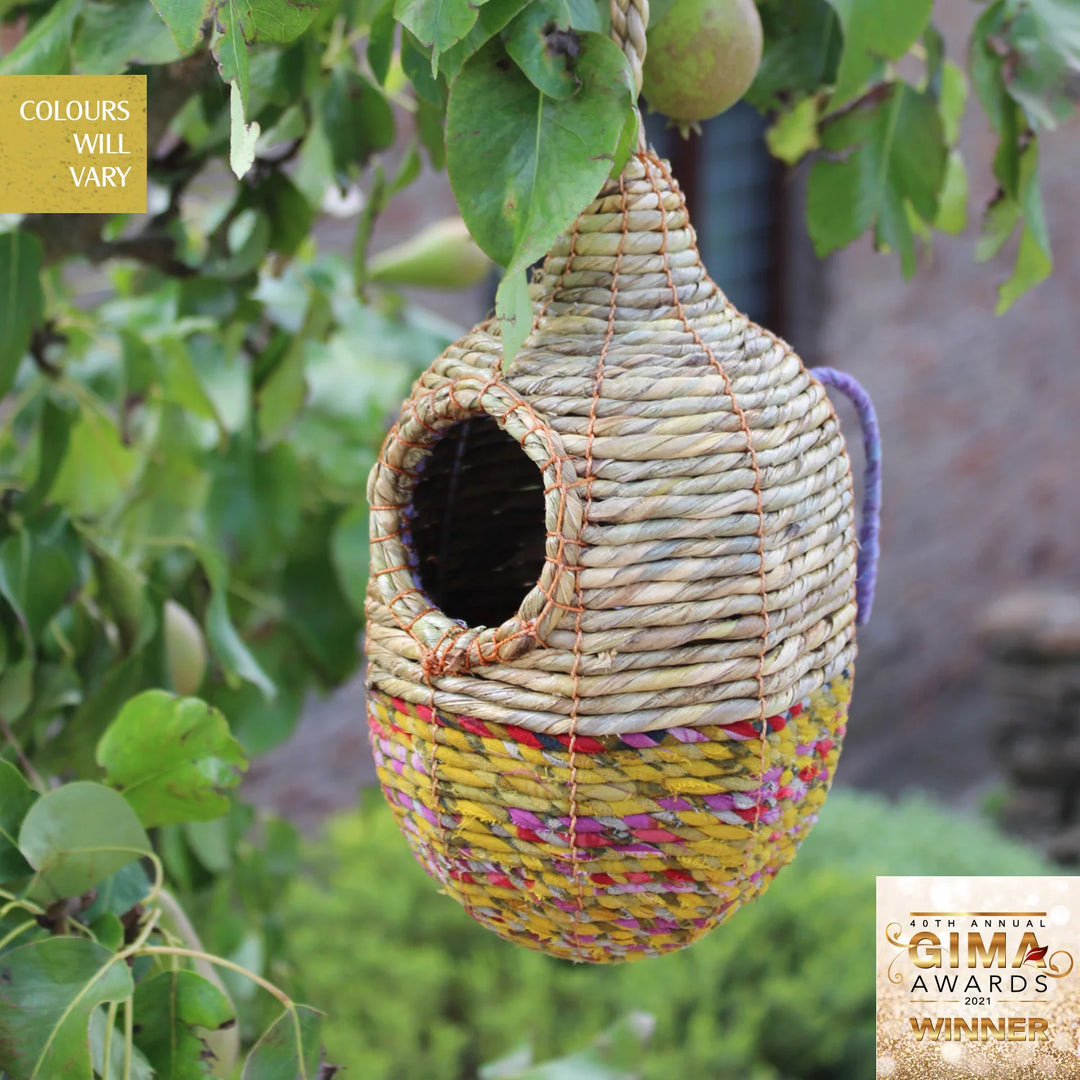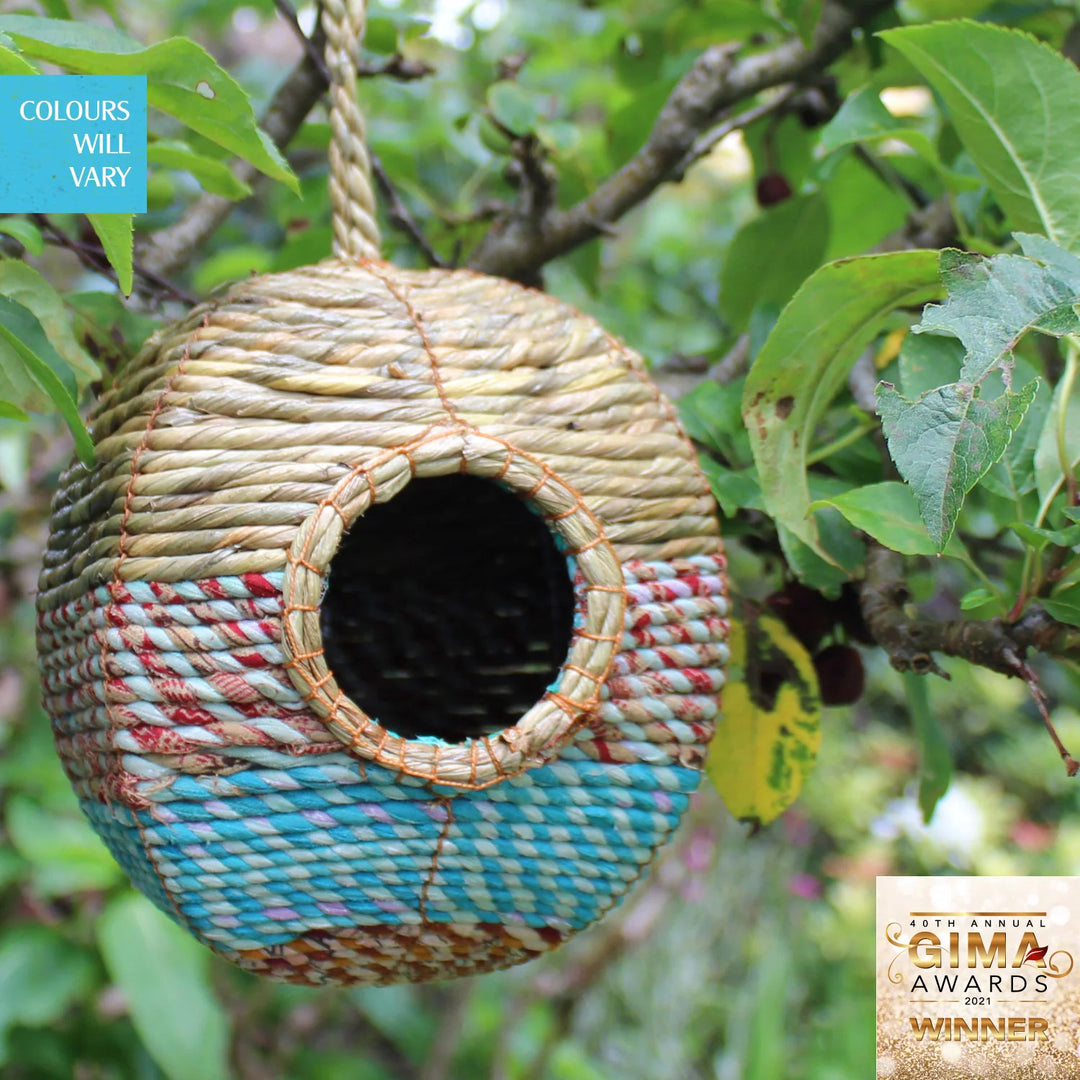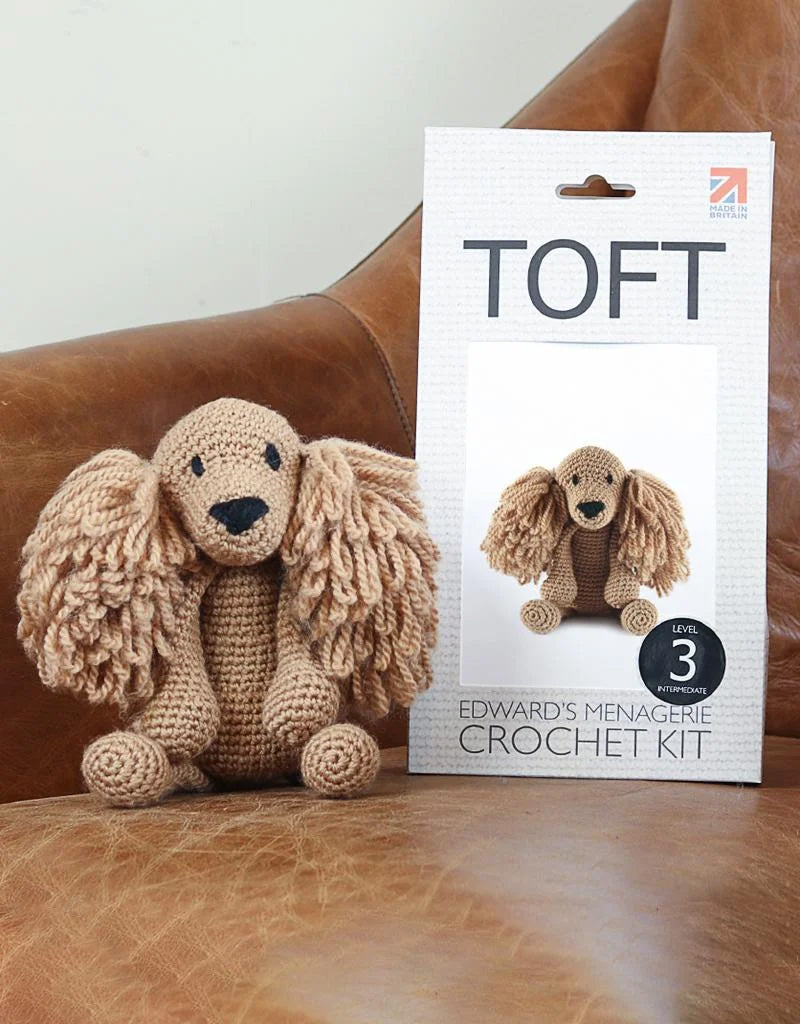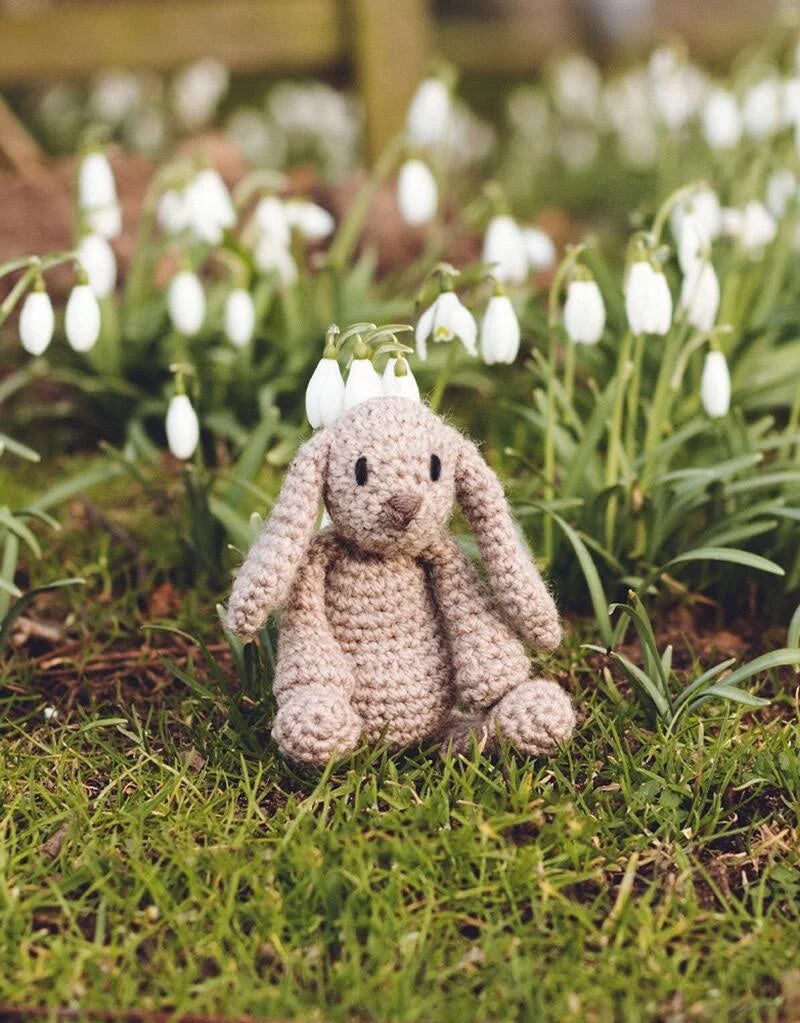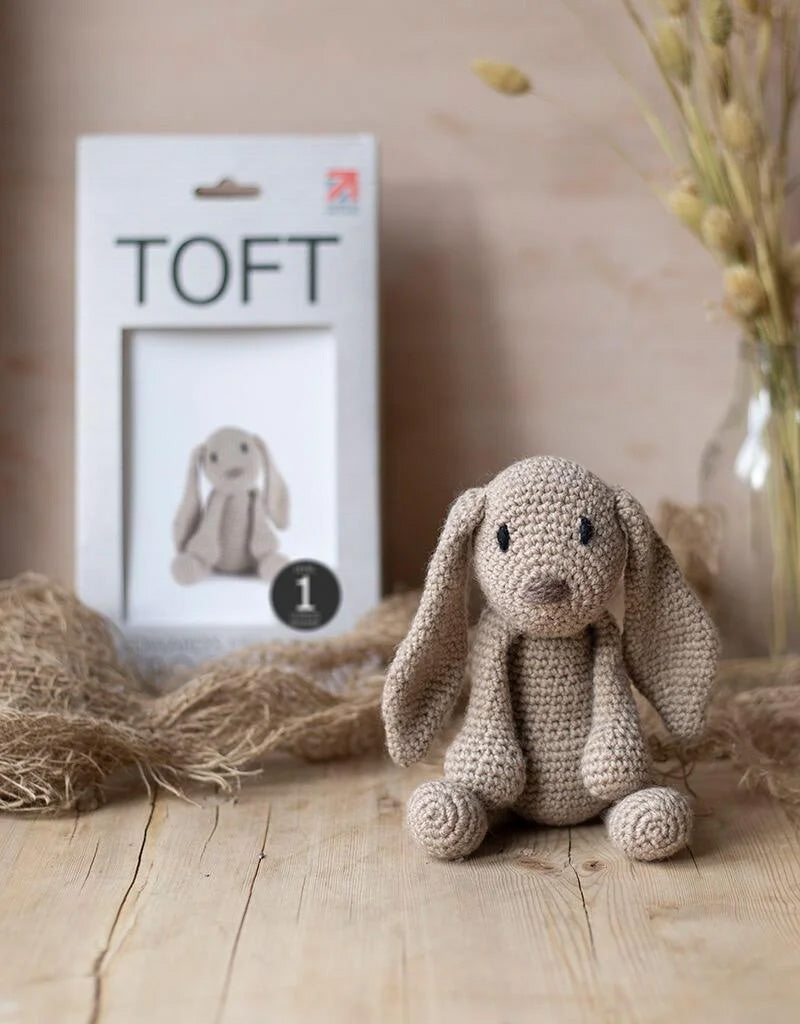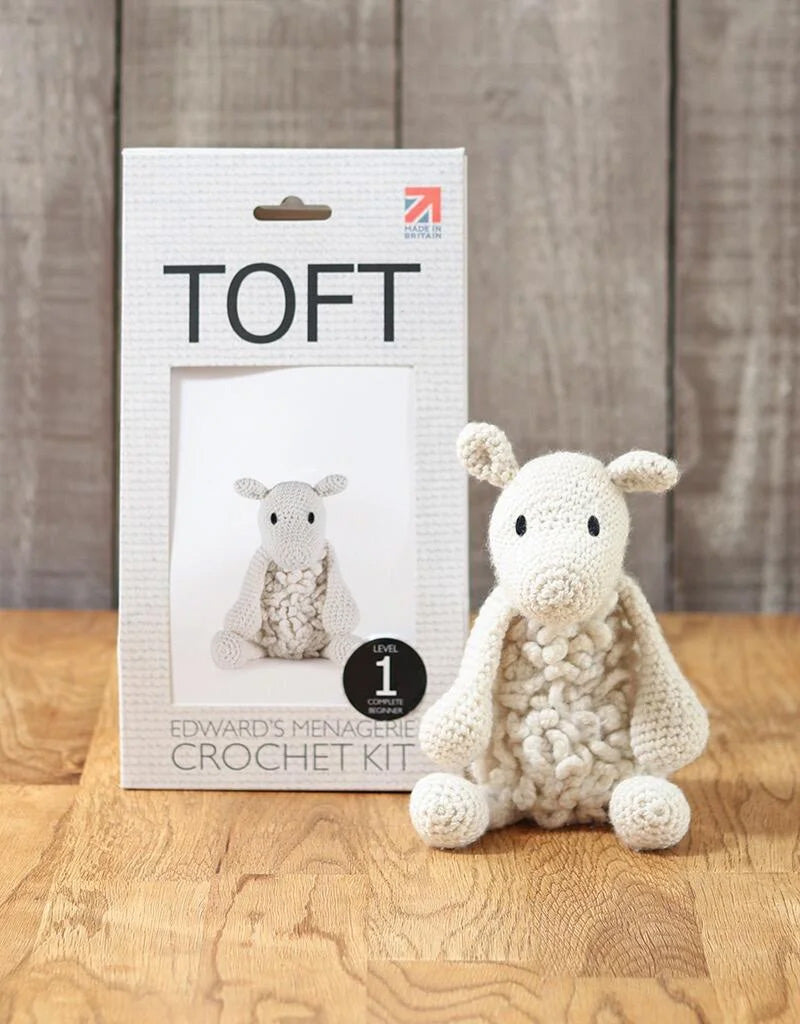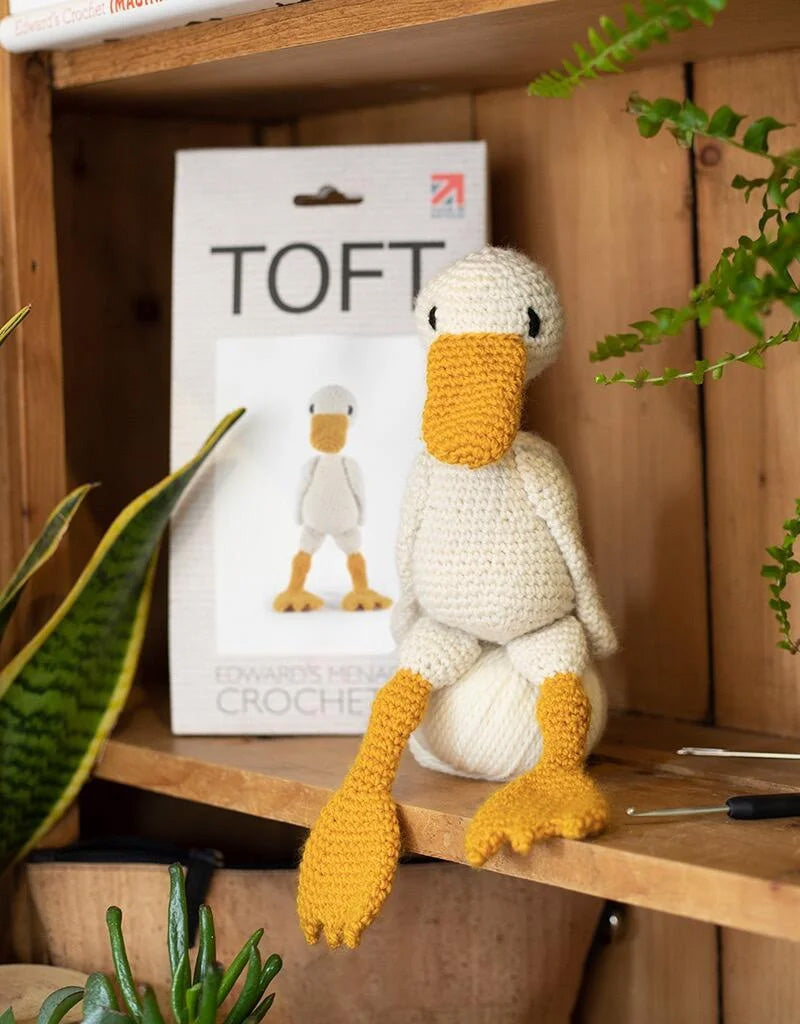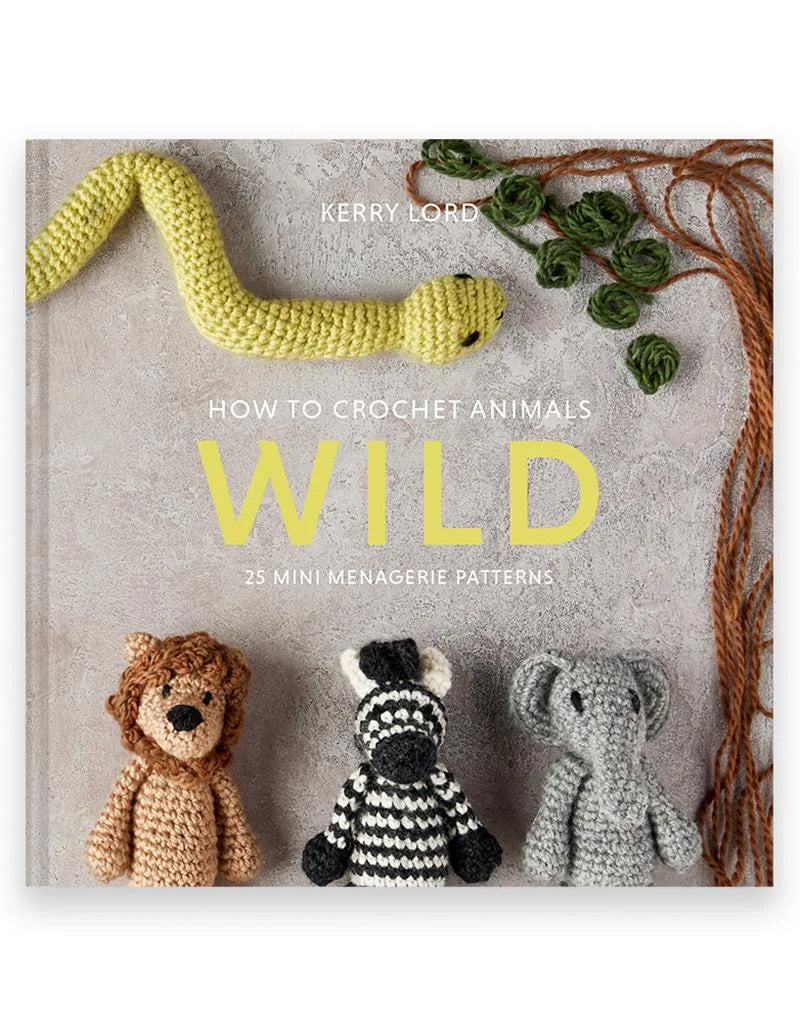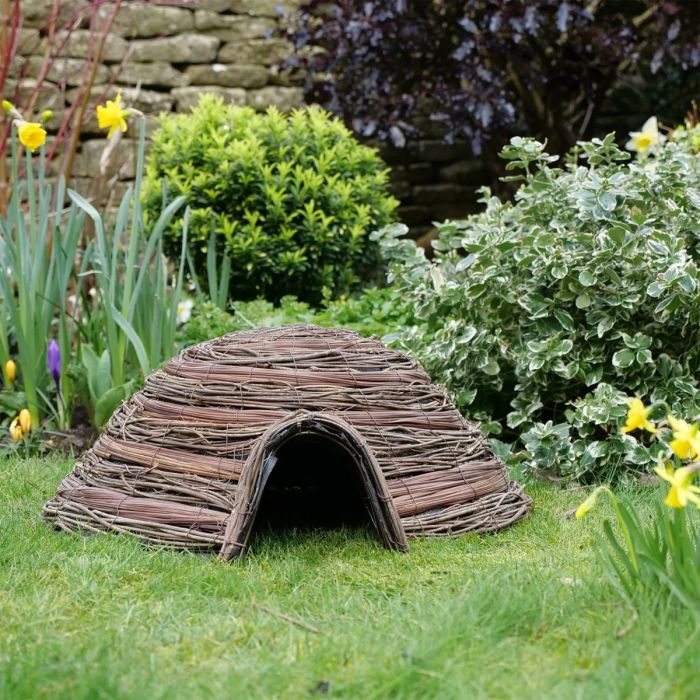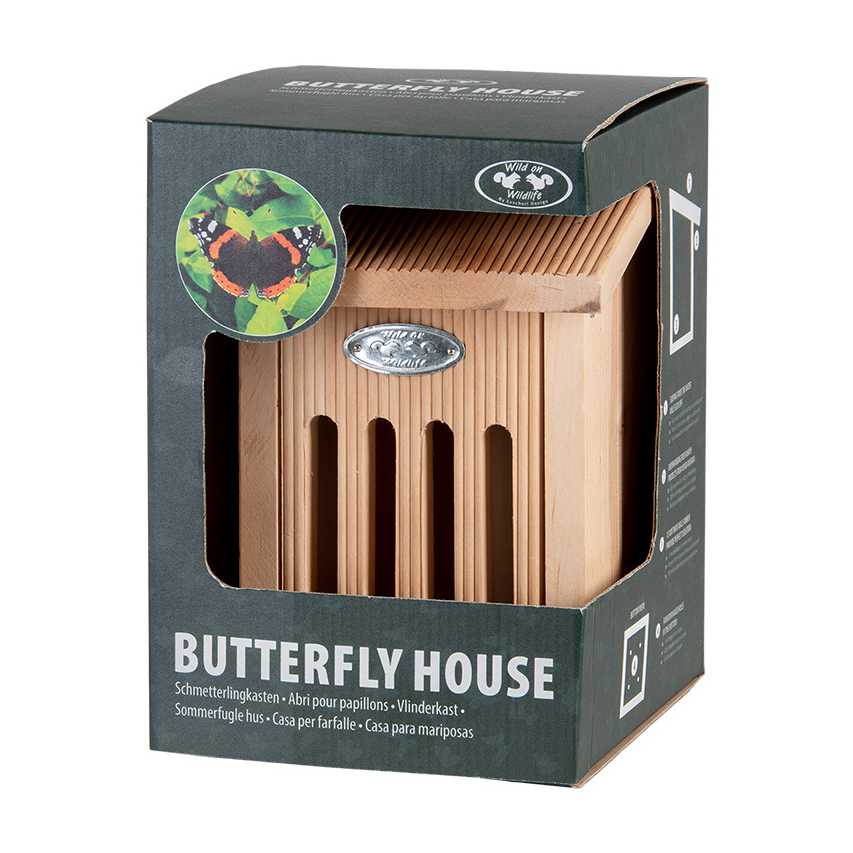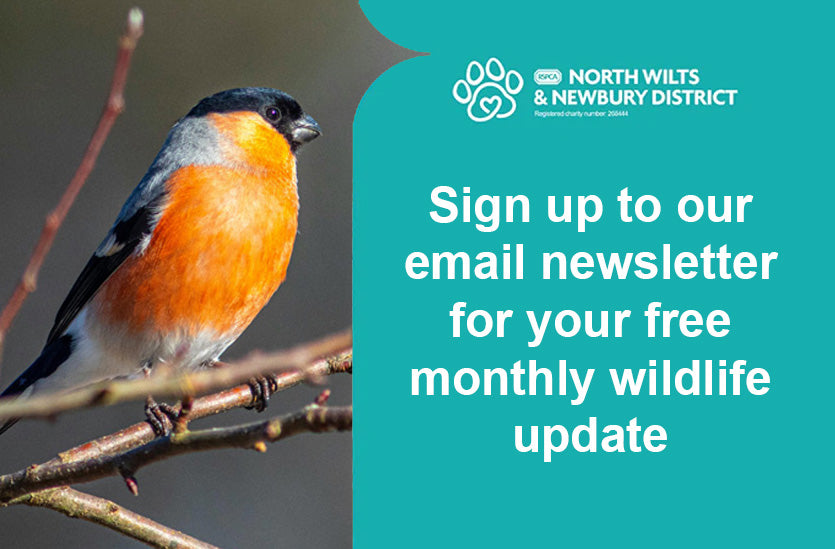Grass Snakes
Grass snakes are not dangerous to humans and play a vital role in the ecosystem. They have a varied diet and can be found in a range of habitats. Grass snakes are a protected species in the UK and are known to hibernate during the winter months. Unfortunately, they are also considered to be endangered in certain areas due to habitat loss and other factors. Farmers often encounter grass snakes on their land, but these snakes are not harmful and can actually help control pest populations.
Grass snakes are non-venomous and are not considered to be dangerous to humans. They are timid creatures that will usually flee when encountered by humans. However, they may hiss or strike if they feel threatened. Grass snakes are not aggressive and will only bite as a last resort. Their bite is not harmful to humans and is usually no worse than a scratch.
The diet of grass snakes consists mainly of amphibians, such as frogs and newts, as well as small mammals, birds, and insects. They are excellent swimmers and will often hunt for prey near water. Grass snakes are also known to eat eggs, including those of other reptiles and birds. They are opportunistic feeders and will consume whatever prey is available to them.
Grass snakes can be found in a variety of habitats, including grasslands, woodlands, wetlands, and gardens. They are particularly fond of areas with plenty of vegetation and access to water. Grass snakes are excellent climbers and can often be found basking in the sun on rocks or in trees. They are also known to burrow underground to hibernate during the winter months.
In the UK, grass snakes are a protected species under the Wildlife and Countryside Act 1981. It is illegal to kill, injure, or disturb grass snakes or their habitats without a valid license. Grass snakes are also listed as a priority species under the UK Biodiversity Action Plan, which aims to conserve and protect the country’s most threatened species.
During the winter months, grass snakes hibernate to survive the cold weather. They will often seek out a suitable hibernaculum, such as a compost heap or old burrow, where they can safely spend the winter months in a state of torpor. Grass snakes will emerge from hibernation in the spring when the weather warms up and food becomes more abundant.
Despite their protected status, grass snakes are considered to be endangered in certain areas of the UK. Habitat loss, pollution, and persecution by humans are all contributing factors to the decline in grass snake populations. Conservation efforts are underway to protect and restore grass snake habitats and raise awareness about the importance of these fascinating creatures.
Farmers often encounter grass snakes on their land, especially in rural areas. While some farmers may view grass snakes as pests, they actually play a valuable role in controlling pest populations. Grass snakes feed on a variety of insects and small mammals that can damage crops, making them a natural form of pest control. By protecting grass snake populations, farmers can help maintain a healthy balance in their ecosystems.
Grass snakes come in a range of colours, from olive green to brown, with dark markings along their sides. They have a yellow or white collar behind their heads and a distinctive black and white pattern on their throats. Grass snakes are well-camouflaged in their natural habitats, making them difficult to spot. Their slender bodies and smooth scales allow them to move quickly and quietly through the grass.
In conclusion, grass snakes are a unique and valuable species that play a vital role in the UK’s ecosystems. While they are not dangerous to humans, they are unfortunately endangered in certain areas due to habitat loss and other threats. By protecting grass snake populations and their habitats, we can help ensure the survival of these fascinating creatures for future generations to enjoy.
Grass snakes are non-venomous and are not considered to be dangerous to humans. They are timid creatures that will usually flee when encountered by humans. However, they may hiss or strike if they feel threatened. Grass snakes are not aggressive and will only bite as a last resort. Their bite is not harmful to humans and is usually no worse than a scratch.
The diet of grass snakes consists mainly of amphibians, such as frogs and newts, as well as small mammals, birds, and insects. They are excellent swimmers and will often hunt for prey near water. Grass snakes are also known to eat eggs, including those of other reptiles and birds. They are opportunistic feeders and will consume whatever prey is available to them.
Grass snakes can be found in a variety of habitats, including grasslands, woodlands, wetlands, and gardens. They are particularly fond of areas with plenty of vegetation and access to water. Grass snakes are excellent climbers and can often be found basking in the sun on rocks or in trees. They are also known to burrow underground to hibernate during the winter months.
In the UK, grass snakes are a protected species under the Wildlife and Countryside Act 1981. It is illegal to kill, injure, or disturb grass snakes or their habitats without a valid license. Grass snakes are also listed as a priority species under the UK Biodiversity Action Plan, which aims to conserve and protect the country’s most threatened species.
During the winter months, grass snakes hibernate to survive the cold weather. They will often seek out a suitable hibernaculum, such as a compost heap or old burrow, where they can safely spend the winter months in a state of torpor. Grass snakes will emerge from hibernation in the spring when the weather warms up and food becomes more abundant.
Despite their protected status, grass snakes are considered to be endangered in certain areas of the UK. Habitat loss, pollution, and persecution by humans are all contributing factors to the decline in grass snake populations. Conservation efforts are underway to protect and restore grass snake habitats and raise awareness about the importance of these fascinating creatures.
Farmers often encounter grass snakes on their land, especially in rural areas. While some farmers may view grass snakes as pests, they actually play a valuable role in controlling pest populations. Grass snakes feed on a variety of insects and small mammals that can damage crops, making them a natural form of pest control. By protecting grass snake populations, farmers can help maintain a healthy balance in their ecosystems.
Grass snakes come in a range of colours, from olive green to brown, with dark markings along their sides. They have a yellow or white collar behind their heads and a distinctive black and white pattern on their throats. Grass snakes are well-camouflaged in their natural habitats, making them difficult to spot. Their slender bodies and smooth scales allow them to move quickly and quietly through the grass.
In conclusion, grass snakes are a unique and valuable species that play a vital role in the UK’s ecosystems. While they are not dangerous to humans, they are unfortunately endangered in certain areas due to habitat loss and other threats. By protecting grass snake populations and their habitats, we can help ensure the survival of these fascinating creatures for future generations to enjoy.
